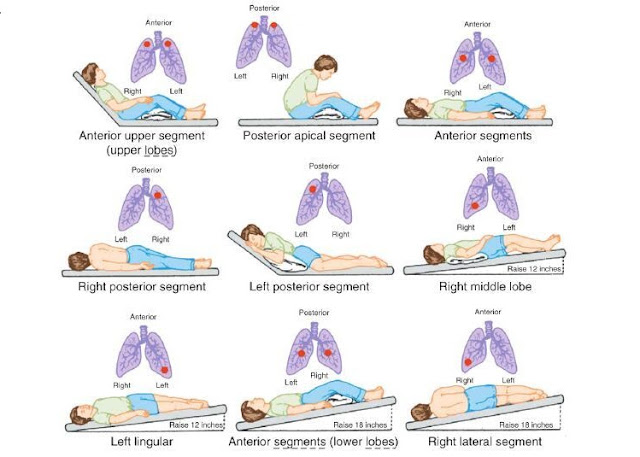Postural orthostatic Tachycardia Syndrome (POTS): Needs Rehabilitation Therapy
Postural orthostatic tachycardia syndrome (POTS) is the most common of several kinds of dysautonomia, characterized by dysfunction of the autonomic nervous system showing with signs of orthostatic intolerance with or without related orthostatic hypotension and extreme autonomic excitation. Along with musculoskeletal signs of POTS and its known associations with other clinical entities like Ehlers-Danlos syndrome, POTS constitute an unusual treatment challenge of which the orthopaedic surgeon, Physiatrist and other associated healthcare providers should be aware.
Symptoms:
Cardiac symptoms:
· rapid palpitations
· lightheadedness
· chest discomfort
· dyspnea
Non-cardiac symptoms:
· brain fog
· headache
· nausea
· tremulousness
· blurred or tunnelled vision
· poor sleep
· exercise intolerance
· fatigue
Many patients with POTS are women (80-85%) of child-bearing age (13-50 years)
Treatment:
Exercise has routinely been suggested as a part of the treatment regimen for many years. Unfortunately, POTS patients report feeling weakened for days post-exertion, limiting compliance. Anecdotally, patients who exercise seem to have a better long-term prognosis, but it is not certain if this is due to the exercise or because of their ability to exercise. This relatively short intervention reduced orthostatic tachycardia and improved quality of life. Physiological limitations such as blood volume, stroke volume, and LV mass all enhanced. This study elegantly showed that exercise is important in this population, and not just the ability to exercise.
POTS is an illness of the autonomic nervous system that can produce substantial incapacity among previously healthy people. Patients with POTS demonstrate an HR increase of ≥30 bpm within 10 min of standing (or higher in children), are often hyperadrenergic and tend to have a low blood volume. Physiotherapy targeting the hypovolemia and the additional sympathetic nervous system activation may help relieve symptoms.



Comments
Post a Comment